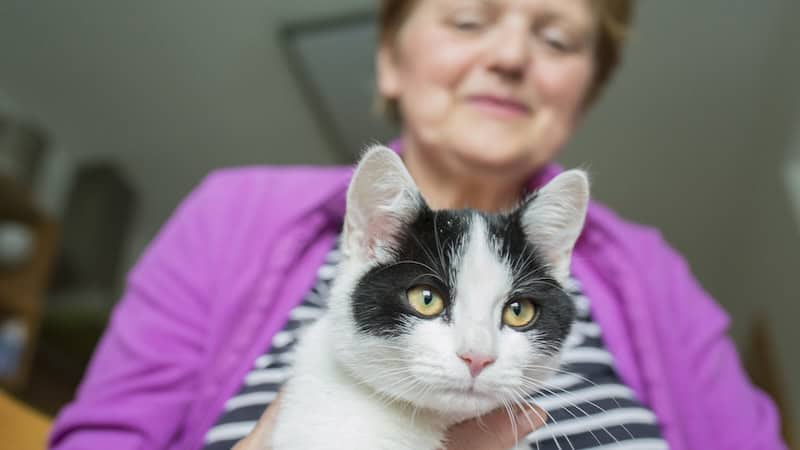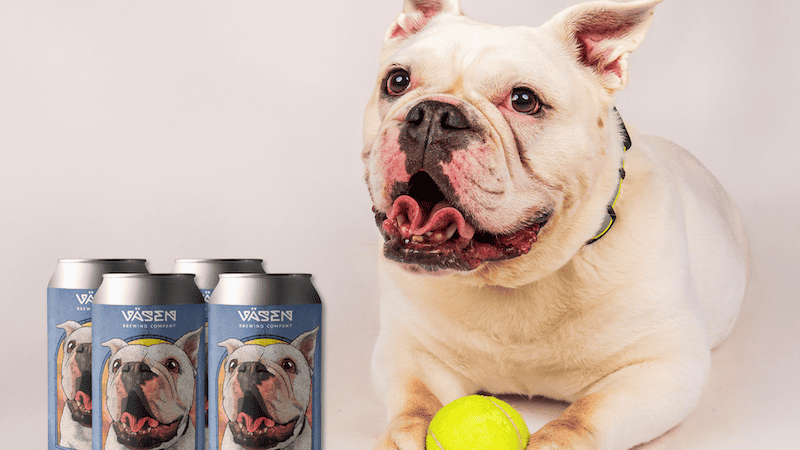The Importance of Dog Training
Animal behavior issues should be managed with humane solutions

“Witnessing a public figure take such a drastic step without thoroughly exploring alternative solutions is deeply troubling,” says animal advocate, author, columnist, and pet expert Cathy M. Rosenthal of South Dakota Gov. Kristi Noem, who “shows a shocking lack of empathy for animals.” Rosenthal addresses the importance of dog training and other options.
I want to weigh in on the recent controversy over South Dakota Governor Kristi Noem’s decision to kill Cricket, a 14-month-old dog, labeling him as “untrainable.”
Witnessing a public figure take such a drastic step without thoroughly exploring alternative solutions is deeply troubling.
As someone dedicated to animal welfare, I support addressing behavior issues with humane solutions — a principle seemingly at odds with Noem’s actions.
Responsible pet ownership means seeking professional guidance when facing behavioral challenges in our pets. Noem’s decision to euthanize her dog without consulting veterinarians, animal behaviorists, or trainers raises red flags.
These experts could have provided her with advice, training suggestions, or alternative options for the dog, such as rehoming or surrendering him to an animal shelter where his needs could have been better met.
A dog’s breed may sometimes be relevant in addressing behavioral issues. For instance, a German Wirehaired Pointer often requires significant mental and physical stimulation along with a lot of training.
Many working dogs exhibit strong prey drives, such as chasing chickens, which typically can be managed through training and adjusting the environment – like keeping the dog out of the chicken coop.
Noem’s assertion that such decisions are commonplace in farm life is misleading and fails to align with responsible pet ownership practices.
When animals on a farm are euthanized, it’s because they’re severely injured or are dying, not because they are not good hunting dogs. Sadly, her actions may encourage others to give up too easily on their dogs, or, worse yet, commit similar callous acts.
If you ever find yourself faced with behavior challenges in your dog, please reach out to animal experts in your community, or write to me so I can offer some humane training suggestions.
Dogs are eager to learn, so just remain consistent with their training. If you must give up on a dog, please rehome him or surrender him to a shelter so they can find a family who is a better fit.
More from Cathy M. Rosenthal on the importance of dog training:
Managing a toy-obsessive Doberman
Retraining an overprotective dog and training a puppy
Dear Cathy,
Stella, our beloved two-year-old Golden Doodle mix, has always been a finicky eater, refusing to eat from her dog dish. Despite our attempts with various food combinations, she often goes without eating for a day or so, leaving us concerned.
One solution I’ve found is taking her for a walk in the morning and offering her dry food on a paper plate, which she eats 90% of the time. However, this isn’t always practical, especially during bad weather or when we’re short on time.
A few times a week, we take her to doggie day camp, where she enjoys playing with other dogs. On these days, we skip breakfast and feed her when she comes home.
Rather than feed her from a bowl, which she refuses to do, I throw the tennis ball and give her pieces of her dinner as a reward. But I prefer her to eat from her bowl at home without me feeling guilty if she misses a meal. Any suggestions?
— Aldo, Portland, Connecticut
Dear Aldo,
I love the creative approaches you’ve taken to encourage Stella to eat. Yet I understand the challenges you face, especially with unpredictable weather and time constraints. Relying on post-camp hunger to stimulate her appetite also presents hurdles, such as having to feed her bit by bit during playtime.
My first suggestion is to change Stella’s feeding dish. Pets can be sensitive to the way their whiskers touch certain bowls, so transitioning permanently to a paper or flat plate might alleviate this discomfort.
Exploring different protein sources, such as salmon, duck, or bison, could help reignite her interest in mealtime. You might also try commercial food toppers or make her some boiled chicken (no salt) to add to her kibble.
In the afternoon, use the paper plate instead of the bowl. If she is still not eating after 30 minutes, pick up the food, and try again the next morning. You can also try innovative feeding tools like a Kong Wobbler filled with kibble, which encourages Stella to push and knock it around to release pieces, or a lick mat with wet food she can enjoy licking clean. These interactive options offer mental stimulation and a playful way for Stella to eat without requiring you to hand-feed her constantly.
Most of all, please know that dogs won’t starve themselves unless they are sick. If she is in good health, it’s OK to let her go 24 hours without hand-feeding her to see if she will eat on her own. She should get hungry and eat something. Keep me posted.
Cathy M. Rosenthal is a longtime animal advocate, author, columnist, and pet expert who has more than 25 years in the animal welfare field. She addresses reader questions as diverse as outdoor cat safety to bizarre dog behavior. Send your pet questions, stories, and tips to cathy@petpundit.com. Please include your name, city, and state. You can follow her @cathymrosenthal.
©2024 Tribune Content Agency, LLC
As an Amazon Associate, Boomer Magazine earns from qualifying purchases of linked products.


